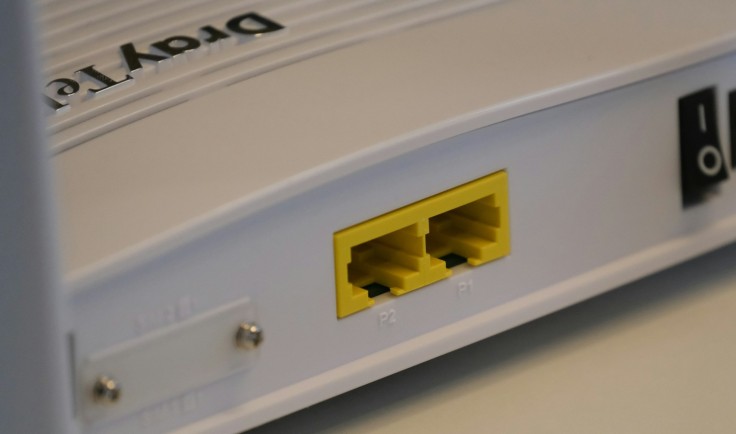In the era where everyone is required to connect using the internet having a reliable Wi-Fi connection is a must. However, a subscription to a Wi-Fi service does not guarantee a fast connection.
During the pandemic, people had to sit on their work and rely heavily on their internet connection. We all experienced getting frustrated with dead zones, laggy video calls, and slow data transfers that often disrupt our workflow.

Fortunately, there are several ways to enhance and optimize your Wi-Fi signal in your home or office. Here are some practical tips that you can explore to ensure that your Wi-Fi network performs at its full potential:
Optimize Router Placement
Upon installing your router, ask the service installers where they think is the best location at the house to place it. The router should be placed in your home's central location to ensure it will reach all areas.
You should also avoid placing it near thick walls, large metal objects, or other electronic devices that could interfere with the signal. This includes cordless phones, baby monitors, and microwave ovens.
Use Wi-Fi Repeaters, Mesh Wi-Fi Systems
If dead spots cannot be avoided, consider investing in Wi-Fi range extenders, known also as repeaters. These devices help amplify the existing Wi-Fi signal and it extends them to areas with weak signals which are perfect for dead spots in the house.
If you have a larger home, consider getting a mesh Wi-Fi system. This includes multiple access points that work together to give you an efficient connection throughout your home. This type of system also offers faster speed compared to repeaters.
Password Protect Your Network
Every account must be secured with a strong password and this applies not only to your social media accounts but also to your Wi-Fi account. Try to regularly update your passwords and make sure to make them very strong.
This ensures that your Wi-Fi is a secure connection and you can browse safely without having to worry about your privacy getting invaded. Moreover, this prevents any unauthorized access to strangers which could slow down your connection.
Configure QoS Settings
Configuring the Quality of Service (QoS) settings is an important strategy to optimize and manage the network traffic in your internet connection. It allows you to prioritize specific types of network traffic based on its importance to you.
The distribution of bandwidth among applications and users prevents one resource to suck all the connections and degrade the internet quality of other users.
Update Router Firmware
Above all else, always check the latest firmware for your router. The updates are usually on the official website of the service provider. In addition, do not forget to take some time to read the changes, improvements, and addressed issues before updating.
Updating your router firmware is the simplest and cheapest way to enhance your internet connection service. Sometimes all your device needs is a little system update that you have forgotten to do for a long time.
Read Also : 5 Key Reasons Why Cybersecurity Matters









